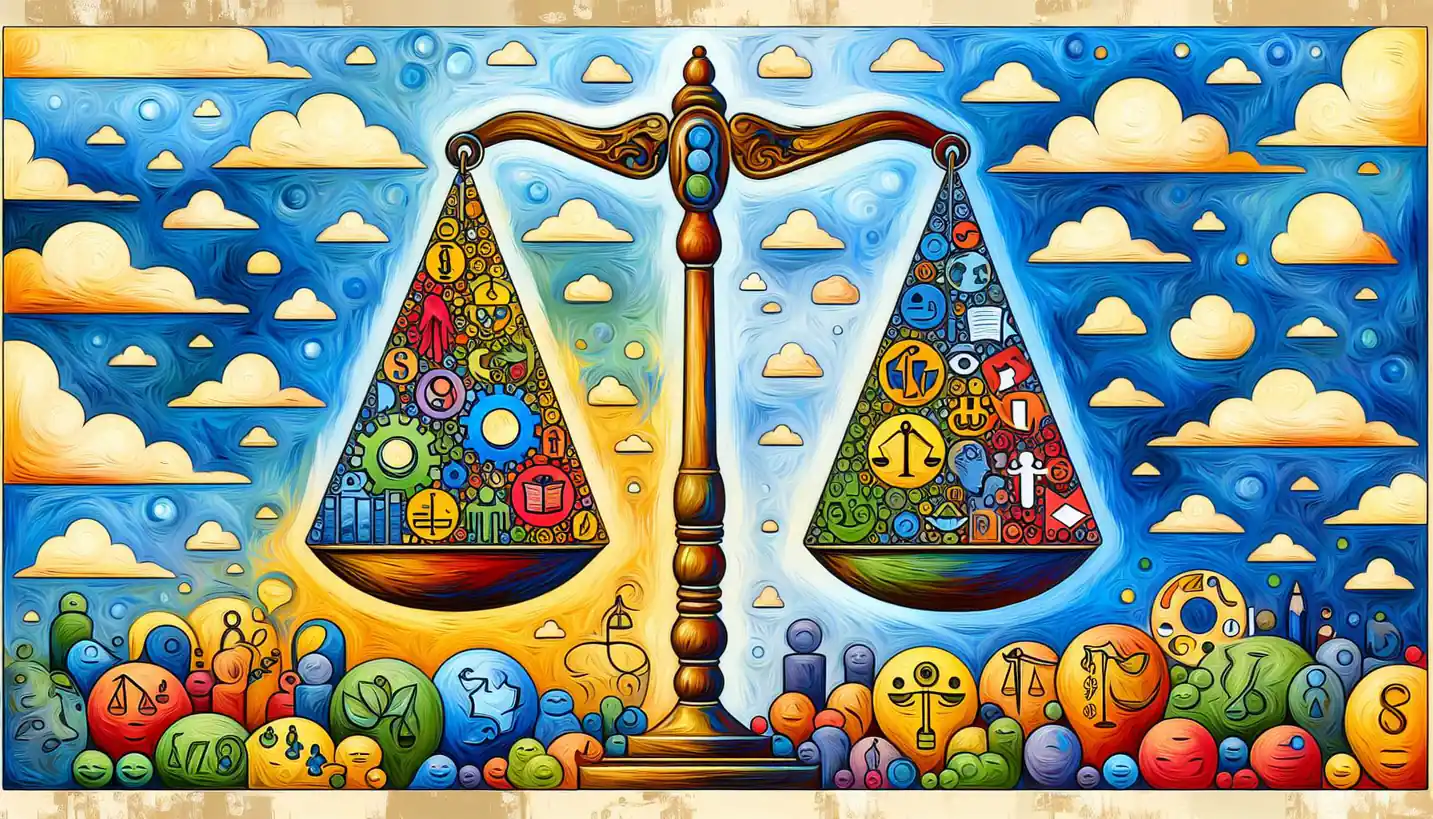· Sociology · 4 min read
Body Surveillance: How We Monitor Ourselves and Why It Matters
Body surveillance shows how we monitor physical appearance and behavior. Explore the societal pressure to conform and its psychological effects.

In today’s world, the concept of body surveillance plays a crucial role in how we perceive ourselves and interact with society. You might wonder, what exactly is body surveillance? Well, it’s a part of the sociology of the body, and it deals with how individuals monitor and regulate their bodies according to societal expectations. This concept has deep roots, intertwined with cultural norms, media influences, and personal identity.
The Basics of Body Surveillance
Body surveillance involves critically observing one’s own body, often with the aim of aligning with societal standards like beauty, fitness, or health. This self-monitoring is not just about looking good; it’s about fitting into a set of unspoken rules that society often dictates. Social media, advertisements, and even peer pressure contribute to these norms, pushing individuals to analyze and sometimes alter their appearance.
Historical Context
The idea of body surveillance isn’t new. Throughout history, different societies have had specific ideals about beauty and body image. In ancient Greece, the ideal body was athletic and muscular. In the Renaissance period, full-figured bodies were considered beautiful. Fast forward to today, and we see a mix of these ideals portrayed in fashion and media, often focusing on slim, toned physiques.
The Influence of Media and Technology
With the rise of social media platforms, the pressure to maintain a particular body image has intensified. Instagram, TikTok, and other platforms are flooded with images of seemingly perfect bodies, often edited or enhanced to fit specific beauty standards. These images can lead to increased body surveillance, as individuals strive to emulate these often unattainable looks.
The Role of Selfies and Filters
Selfies and digital filters have become a significant aspect of body surveillance. The ease with which one can alter their image has made it more tempting for people to change how they appear online. This can create a gap between one’s real appearance and their digital persona, leading to heightened body scrutiny and self-consciousness.
Fitness Apps and Wearables
Technology has given us fitness apps and wearables that track everything from our steps to our heart rate. While these gadgets can promote healthy living, they also encourage body monitoring. For many, checking these metrics becomes a daily ritual, tying in closely with the concept of body surveillance.
Psychological Impacts
The constant self-monitoring associated with body surveillance can lead to various psychological issues. People may develop eating disorders, anxiety, or depression as they strive to meet unreachable standards. Body Dysmorphic Disorder (BDD) is one example, where individuals obsess over perceived flaws in their appearance.
Impact on Self-Esteem
When people regularly compare themselves to idealized images, it’s easy for self-esteem to take a hit. The dissatisfaction with one’s body can lead to negative self-perception, impacting mental health and overall well-being.
Social and Cultural Factors
Sociocultural elements play a huge role in shaping how we view our bodies. Our families, friends, and community all contribute to the conditioning of body image ideals. Different cultures have unique standards of beauty and fitness, influencing how people engage in body surveillance.
Peer Pressure and Body Image
Peer pressure, especially among teenagers and young adults, can greatly affect body surveillance. The desire to fit in and be accepted often leads individuals to scrutinize their bodies more intensely. This can happen in schools, workplaces, and even virtual communities.
Gender and Body Surveillance
Women have traditionally faced more pressure regarding body surveillance, with societal expectations often dictating slenderness and beauty. However, men are increasingly experiencing similar pressures, focusing on achieving muscular and fit bodies. This shift highlights how body surveillance transcends gender lines, affecting everyone.
The Future of Body Surveillance
As society evolves, so do perceptions of body image. Recently, there’s been a push towards body positivity and acceptance, challenging traditional standards and encouraging individuals to embrace their natural selves. Yet, body surveillance remains a prevalent issue.
Body Positivity Movement
The body positivity movement advocates for self-acceptance and diversity in body types. It challenges the traditional norms, encouraging people to appreciate their bodies regardless of societal standards. This movement offers a chance to reduce the negative impacts of body surveillance, fostering a healthier relationship with one’s body.
Technological Advances
As technology advances, it’s likely to continue playing a dual role in body surveillance. While it may offer new ways to enhance self-image and health, it also risks imposing new standards and expectations. Emerging technologies like augmented reality and AI-driven analytics could further influence how people perceive and monitor their bodies.
Conclusion
Body surveillance, deeply rooted in societal expectations and fueled by modern technology, touches almost everyone. While it can drive some towards positive health choices, it often contributes to negative self-perception and mental health challenges. Understanding its implications encourages a more supportive environment that embraces diversity and accepts individuals as they are. As we move forward, acknowledging the complex mix of historical, cultural, and technological influences can help us navigate body surveillance with compassion and awareness, ultimately striving for a society where all body types are truly celebrated.


